Road bikes are bicycles designed to take you as far and as fast as your legs can manage on paved surfaces. Unsurprisingly, the road bike gets its name from the terrain it is designed to be used on – the road.
At first glance, road bikes haven’t changed a great deal over the years. Compared to a complex full-suspension mountain bike, it’s a traditional bicycle with a near-identical silhouette to those raced 50 years ago.
Of course, there’s nothing traditional about the carbon fibre frames and electronic 12-speed drivetrains we see now on high-end machines. Modern bikes are faster, more comfortable and more technologically sophisticated than ever before.
While the tech has improved, the most important thing is still how the bike fits you. If you get that right at the start, everything else will be simple.
Read on for a full rundown of the fundamental components that make up a road bike.
Frame and fork (the frameset)
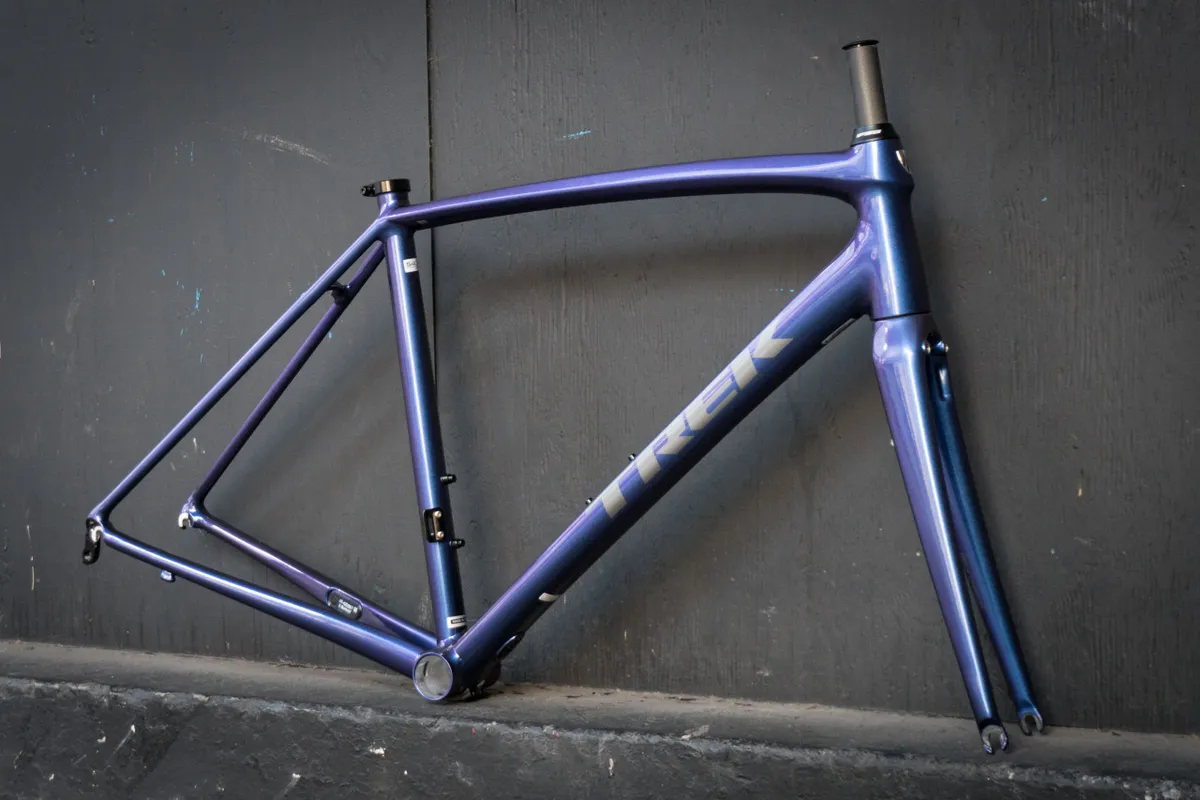
The frame is the heart of any bike, and road bike frames are usually aluminium or carbon, with steel and titanium used in more niche models.
Traditional road frames use a flat top tube and a shorter seatpost, but compact geometry is now most common, with a sloping top tube to make a smaller, lighter frame and also improve the standover height. It’s very important that you buy the right size and shape frame for you and the type of riding you'll be doing.
The forks on more expensive bikes are typically made from carbon, while cheaper models may use a combination of carbon and aluminium, aluminium only or steel.
Road bicycle frames and forks are typically designed as an all-in-one system, and the combination of the two is commonly referred to as a 'frameset'.
Wheels and tyres
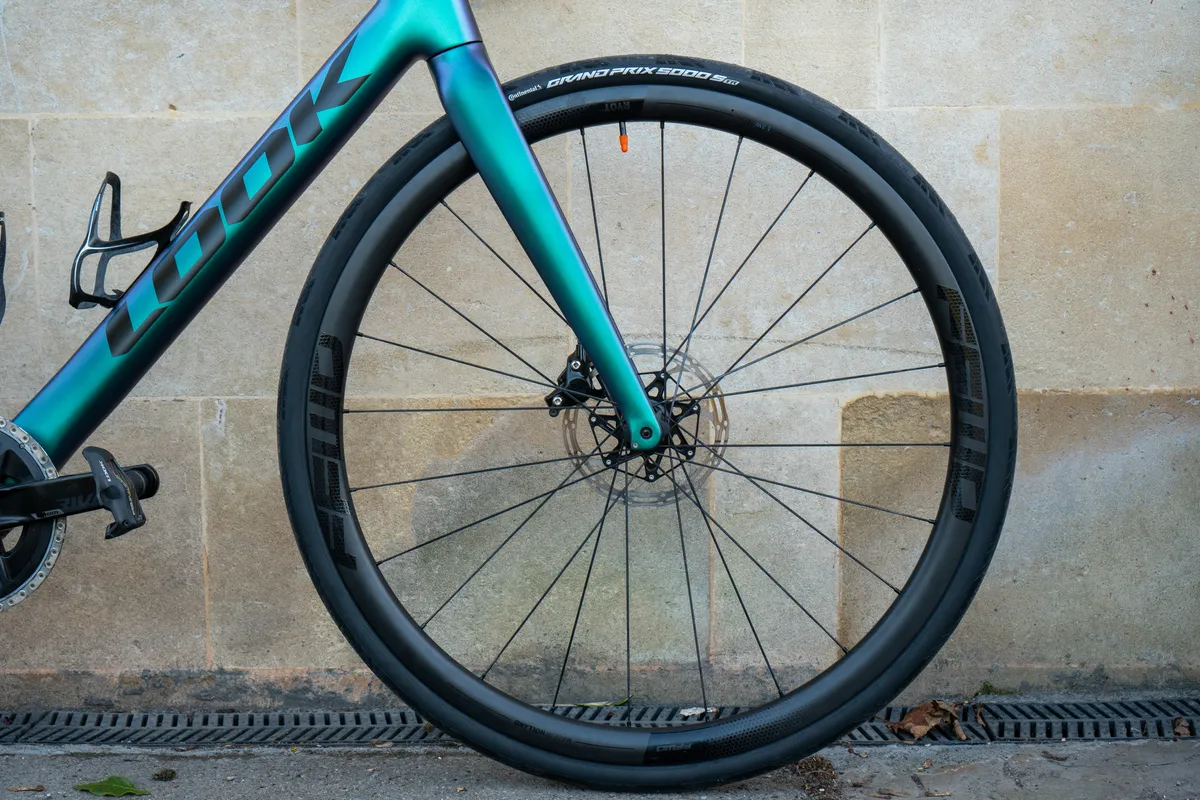
Road bike wheels don’t have to be as robust as those of mountain bikes, so they tend to have fewer spokes and lighter rims. Aerodynamics are important, so the rims are sometimes deeper (depth refers to the height of the rim cross-section when viewed from the side of the bike).
Traditionally, road rims were very narrow, but in recent years rim widths have been getting wider, with research showing this is more aerodynamic, increases tyre volume for a smoother ride and potentially leads to fewer flat tyres.
Road bike tyres are also skinny, but not as skinny as they used to be because wider tyres are more comfortable and often faster in the real world.
25 to 28mm is a typical width for race-focused bikes, while more endurance-oriented machines might come with 30mm tyres or wider. In the past, 23s were common and some riders went as narrow as 18mm.
To minimise rolling resistance, road tyres usually have a slick or near-slick tread and run at high pressures of around 4.8 to 8 bar / 70 to 120psi.
Crankset (or chainset)
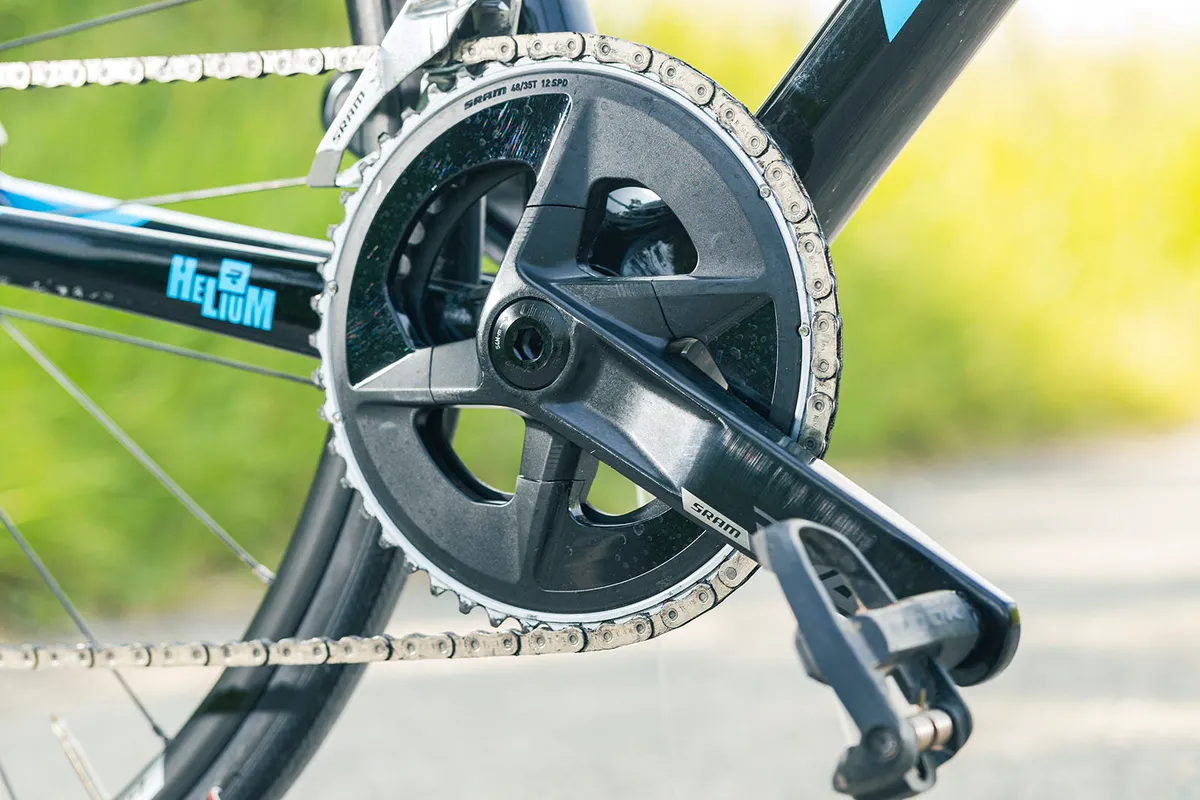
Road bikes usually use two chainrings, with most bikes coming equipped with 'compact' 50/34t cranks or 'semi-compact' 52/36t gearing where 't' is the number of teeth. The traditional 'standard double' had 53/39t rings, but that's becoming less and less common.
Bikes with SRAM's 12-speed AXS groupsets get 50/37t, 48/35t and 46/33t options to match the brand's cassettes that start with a 10t cog rather than the more common 11t.
Triple (i.e. three-chainring) chainsets are still fitted to some cheaper bikes and give lots of range. These are becoming less common, with the lighter and simpler compact taking over and, thanks to the explosion in popularity of gravel and adventure bikes, there are now various 'super-compact' crank options on the market, with lower ratios such as 46/30t and 48/31t.
A further option is the simple 1× (pronounced "one-by") crank with a single chainring.
These are relatively rare on pure road bikes, but are a much more practical option than they used to be thanks to the ever-wider-range cassettes offered by component manufacturers.
Cranks also come in different lengths to accommodate differences in leg length.
Cassette
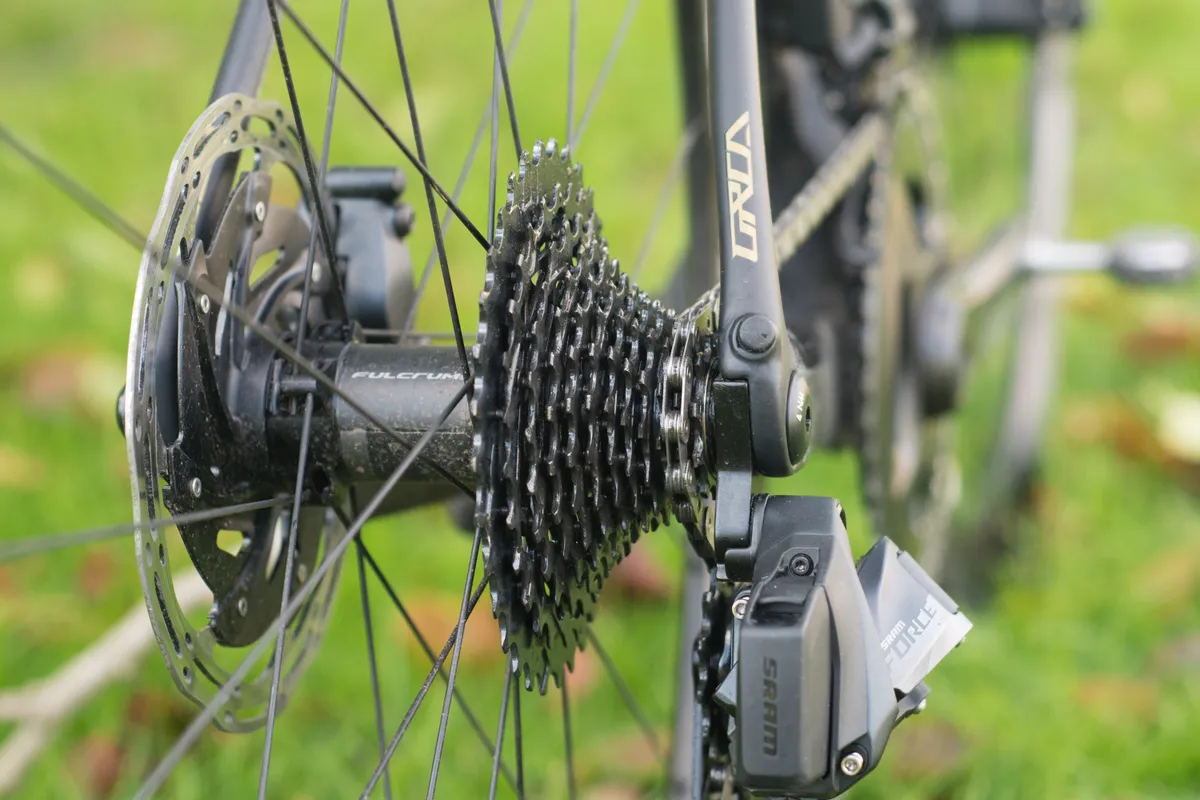
Road bikes use gears that are more tightly packed together to help you pedal at the ideal speed (pedal revolutions-per-minute is referred to as cadence).
Mid-range and high-end road bikes typically have 11 or 12 sprockets (referred to as 11- or 12-speed), while more affordable ones might have 8, 9 or 10. The sprockets on a road cassette typically range from 11-28t to 11-34t.
Derailleurs
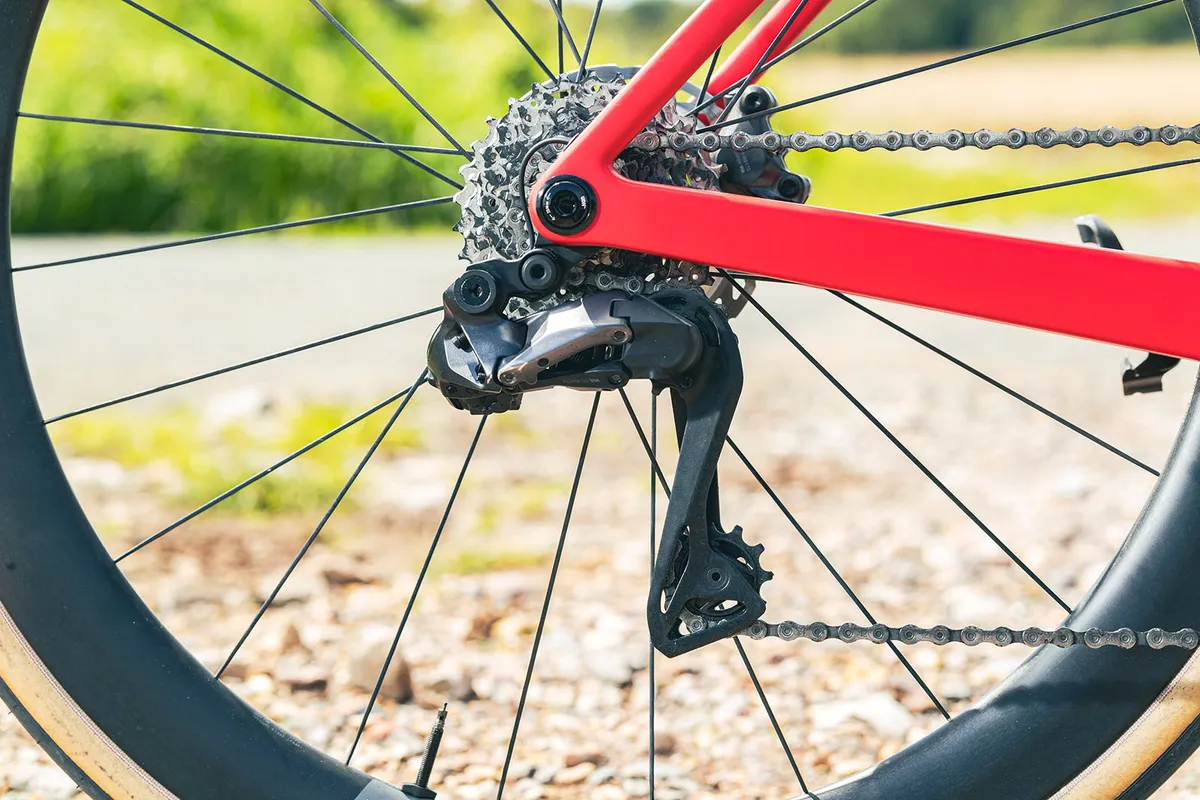
Derailleurs are the mechanisms that change gear, pushing the chain across the cassette sprockets and from one chainring to the other, controlled by the shifters.
Apart from road bikes with 1× drivetrains, most have front and rear derailleurs. The vast majority are moved via physical cables connected to the shifters, but electronic derailleurs are also available, with the major component makers (Shimano, SRAM and Campagnolo) each offering their own systems.
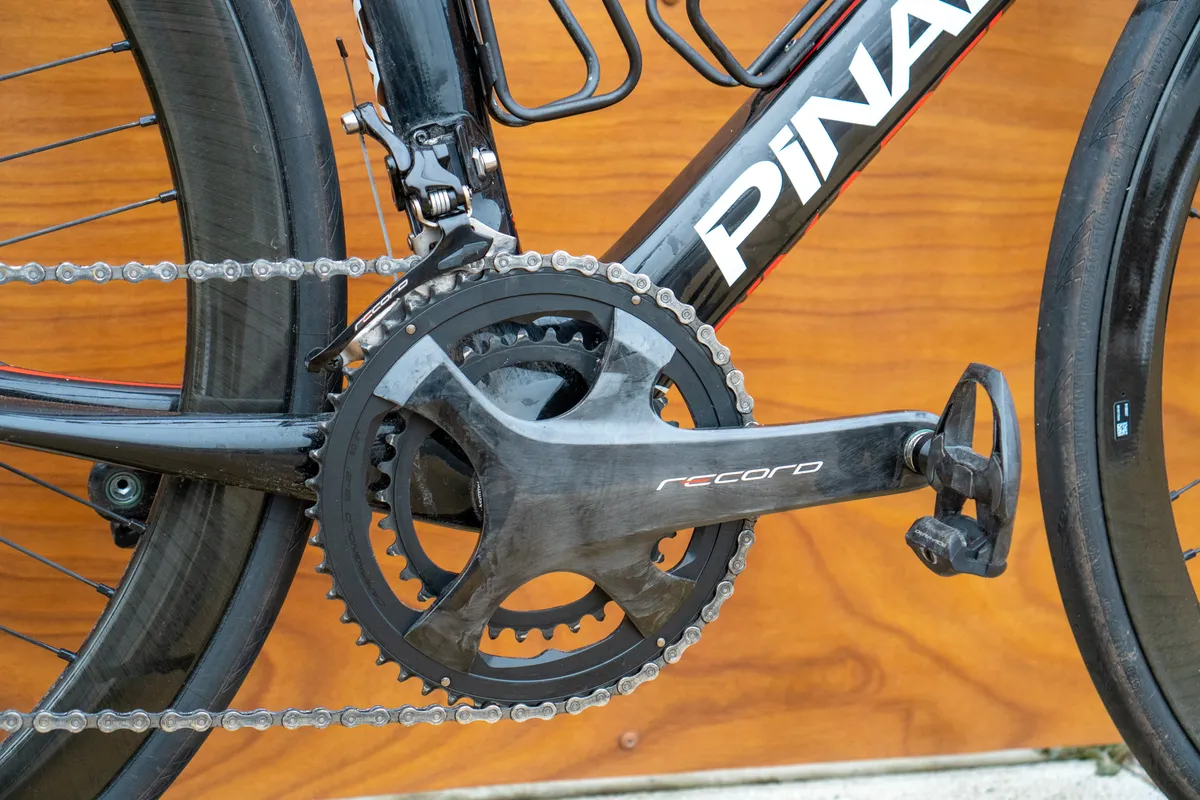
Handlebars and levers
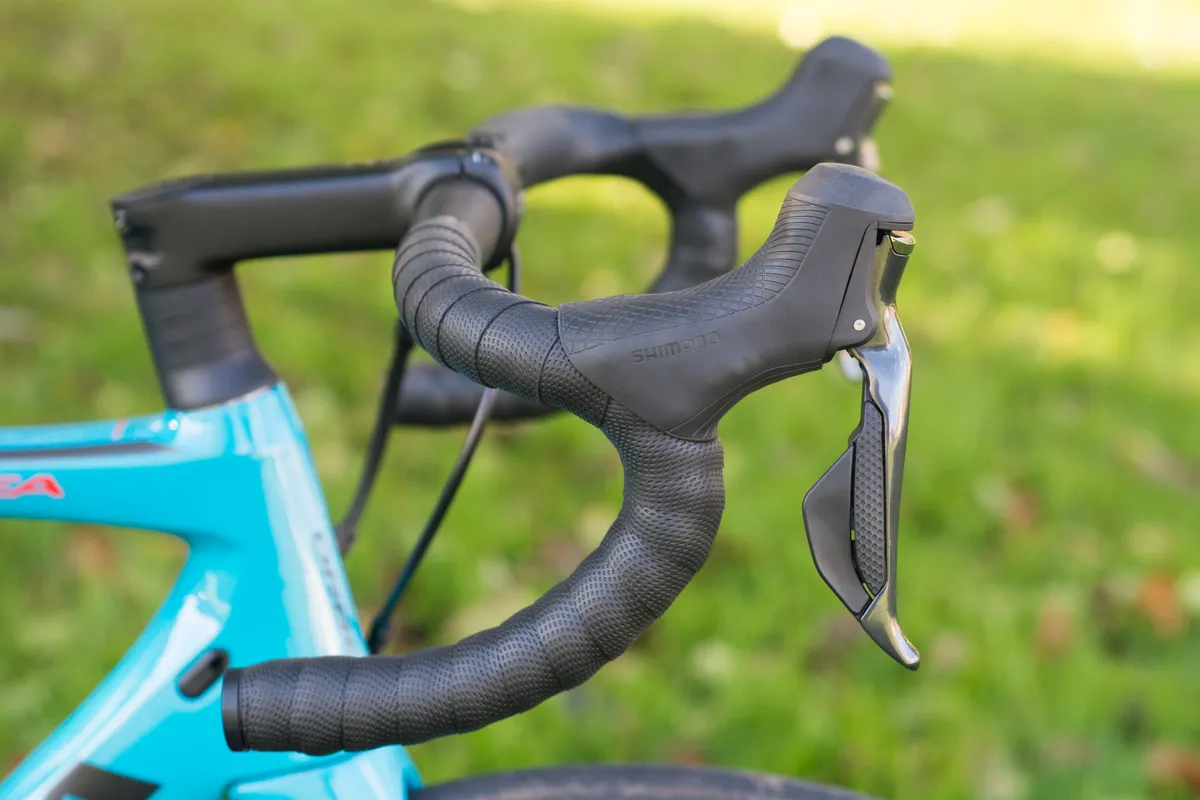
Drop handlebars mark out a road bike and offer a number of positions. The tops, with your hands on either side of the stem, are used for steep climbs or cruising.
The hoods are the brake lever covers, and these provide a comfortable cruising position and good leverage for climbing out of the saddle.
The drops are the lower parts of the bar, used for a lower position at speed and greater control when descending.
Various bar widths and shapes are available to suit different tastes. The handlebar is attached to the top section of the fork (the steerer) by the stem.
Road levers combine shifting and braking controls into a single unit. While brake levers all operate on more or less the same principle (pull the lever, bike stops), shifting arrangements differ between component manufacturers.
You can adjust the handlebar height by moving the spacers above or below the stem.
Saddle and seatpost
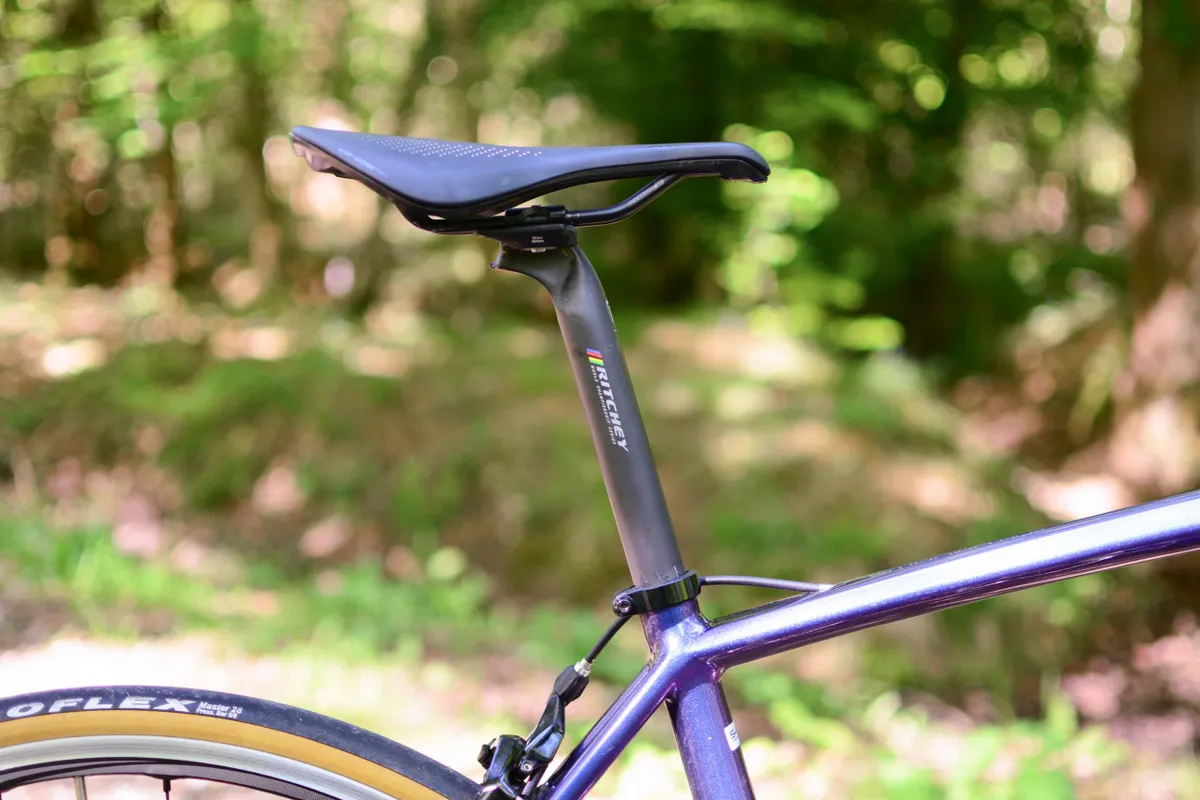
As you would expect, these parts have a significant impact on the comfort of your ride. For road bikes especially, comfort is more dependent on correct setup than it is on having lots of padding.
Road saddles are generally narrow and sparsely padded. They look very uncomfortable, and do take some getting used to, but are actually better than soft saddles for long rides because they support you where you need it most, and don't compress nerves and delicate soft tissues.
Saddles come in a variety of shapes, with no single design working for everyone. Some models are available in multiple widths to suit a range of sit bone widths. If you're not sure where to start, check out our in-depth guide on how to choose the right bike saddle for you.
Brakes
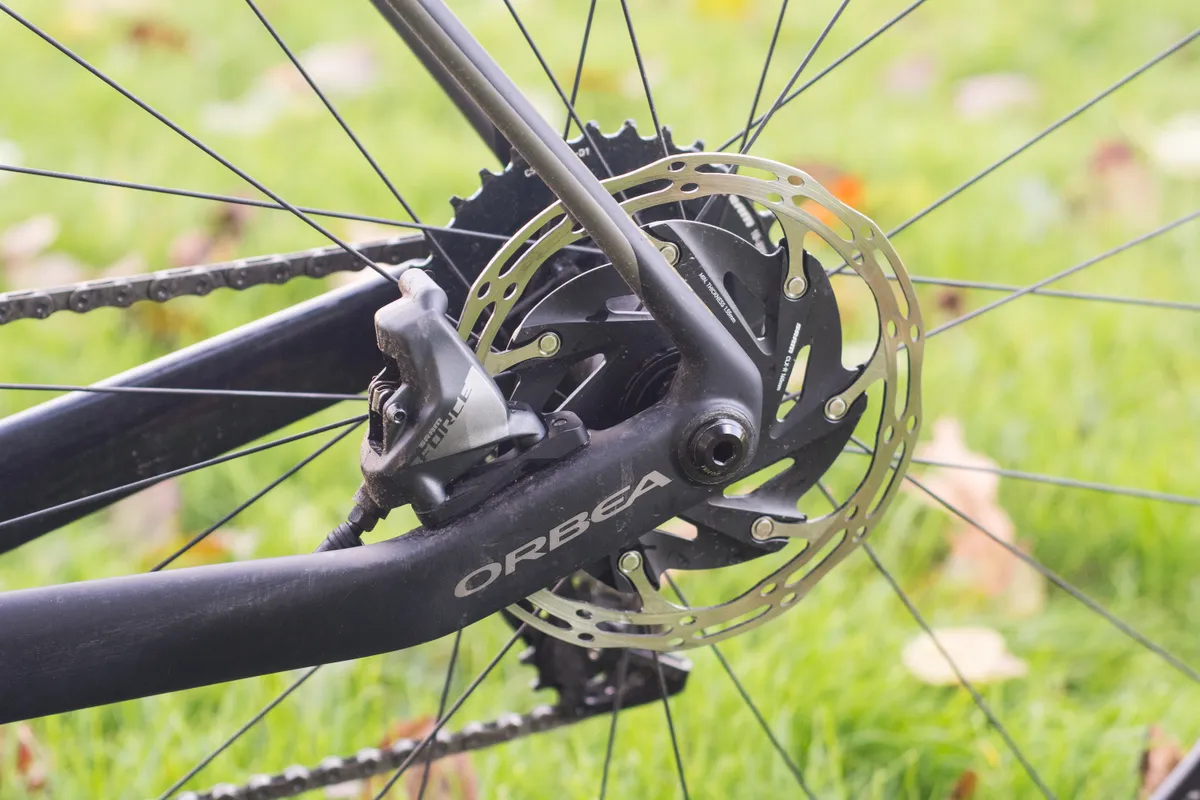
Road bikes use either rim brakes (dual-pivot calipers) that clamp the wheel rims, or disc brakes that grab disc rotors mounted to the hubs.
Road disc brakes are generally considered superior, particularly in wet weather, but a good set of rim brakes is perfectly adequate for most riding.
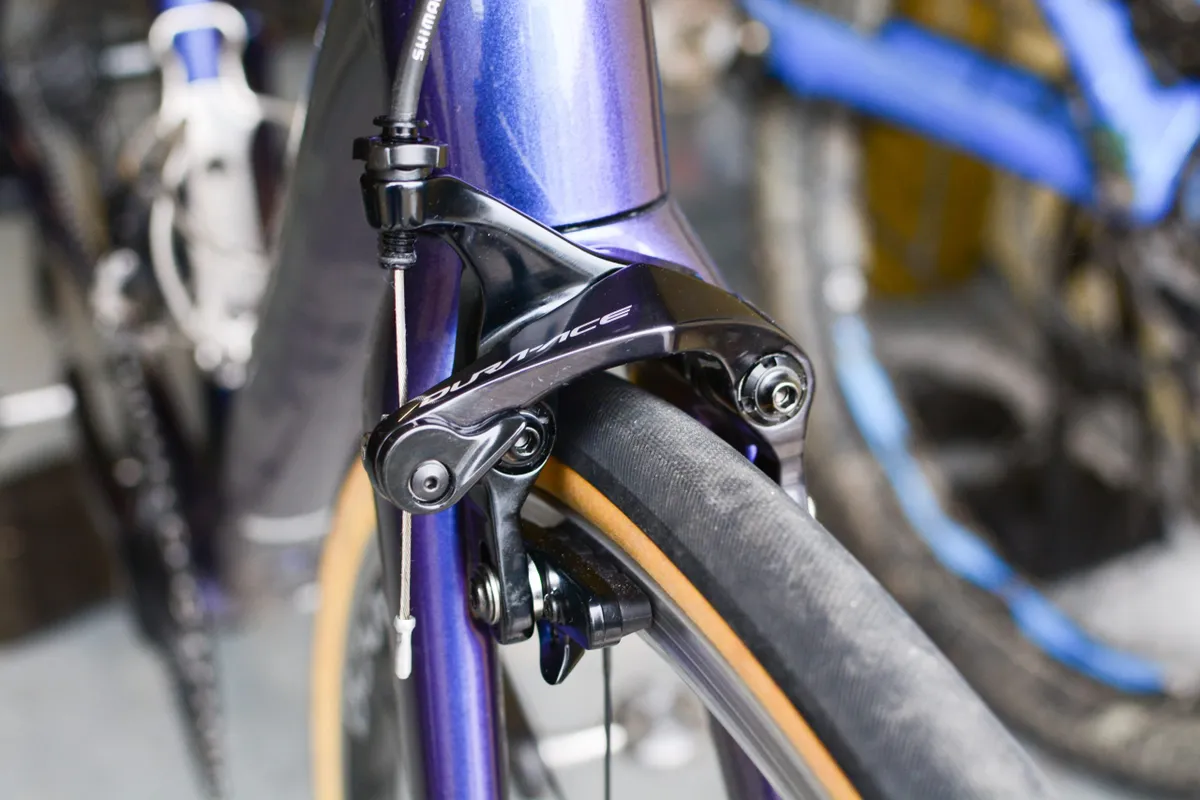
I want a road bike, so what now?
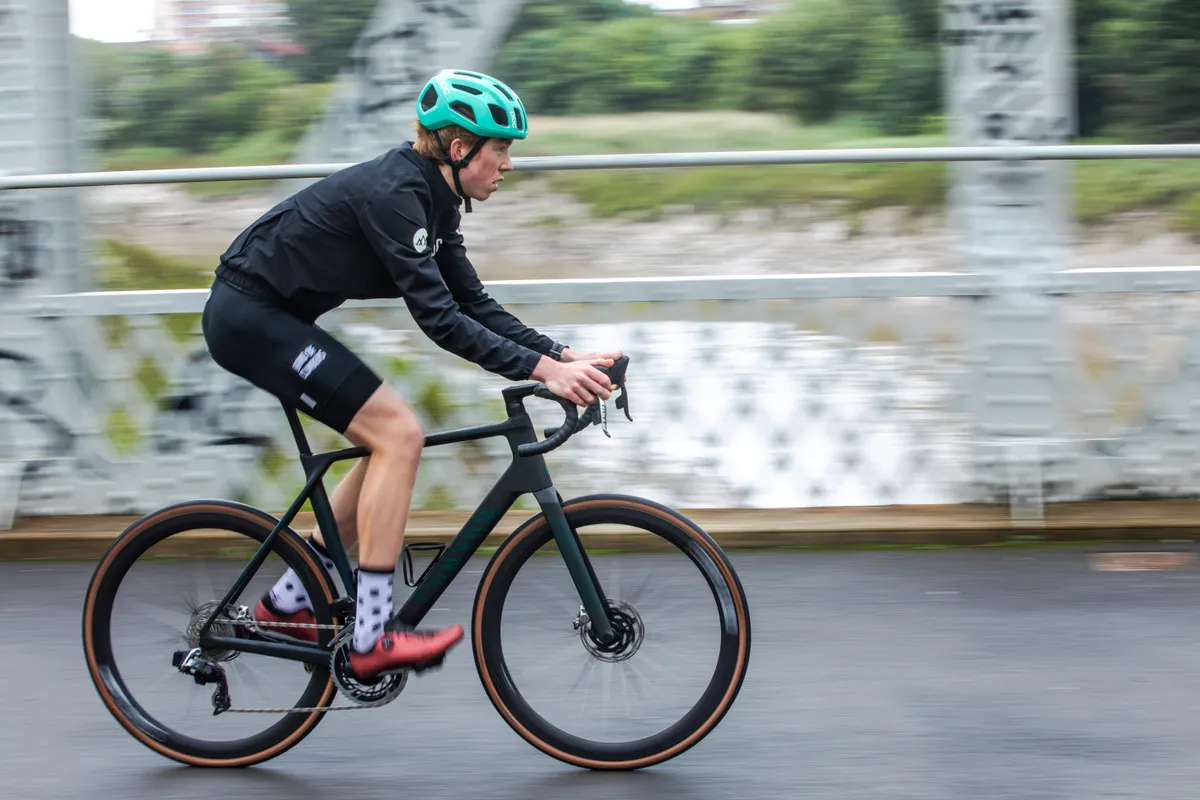
An entry-level budget road bike is a joy to ride and need not be eye-wateringly expensive.
Head over to our road bike buyer's guide for everything you need to know when it comes to choosing your first road bike, and if you want to geek out about components, our complete guide to road bike groupsets is the place to be.
If you already have an idea of what you're looking for, check out our best cheap road bikes and best road bikes under £1,000 lists.
Road bike alternatives
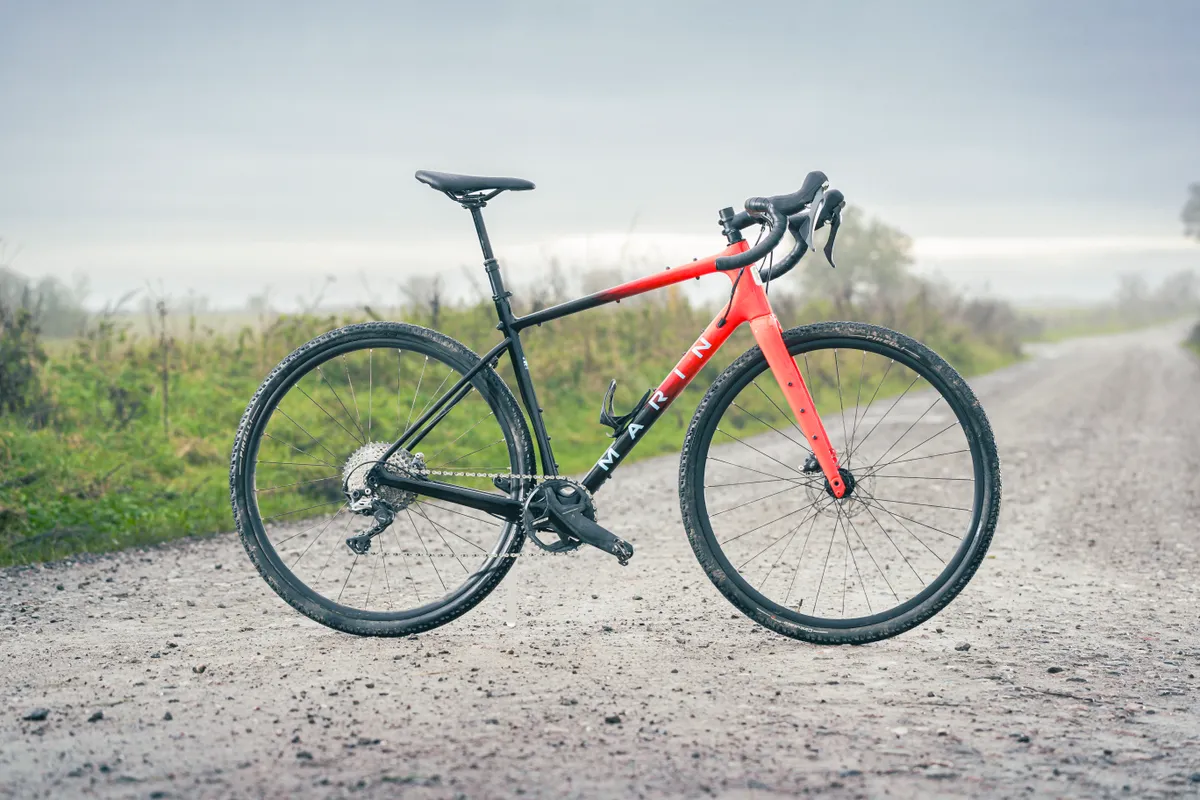
If you want the option to head off-road, a gravel bike could be a compelling proposition. Gravel bikes also use drop handlebars and sport wider tyre clearances, however there's nothing stopping you using it as a road bike with a switch in tyres.
If you're simply after a more upright bike and prefer flat handlebars, a hybrid bike could be the bike for you.
